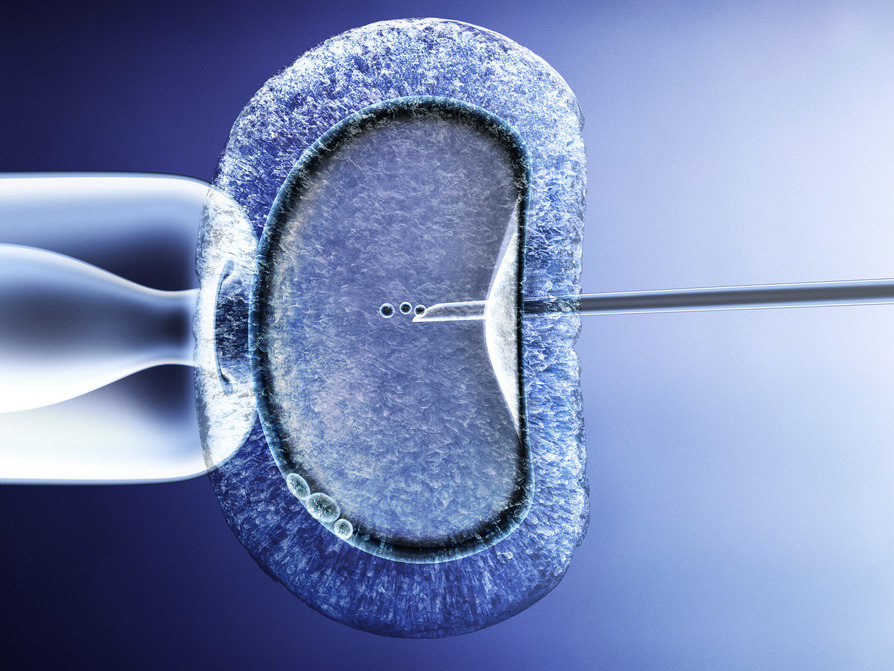The Post Human Evolution
[intro]Biohacking is the art of engaging biology with hacker ethic or it is the creation of strategies that exploit the system thinking, biology, science, self-experimentation and technology to let your body, mind and life optimization. Biohacking covers a wide range of practices as well as movements ranging from grinders designing and installing DIY body-enhancement including magnetic implants to DIY biologists performing at-home gene sequencing.[/intro]
Biohacking arose in a growing fashion of non-institutional science and technology development. Many biohackers or biohacking activists identify with the transhumanism, techno-progressivism and biopunk.
Biohacking can also mean, managing a person’s own biology using a mixture of electronic, nutritional and medical techniques. This may incorporate using nootropics or/and cybernetic tools for biometric data recording.
Biohackers majorly identify with biopunk and transhumanist ideologists. Transhumanism is the credence that is possible and desirable to basically alter the human condition by using technology as to initiate a superior post-human being.
Biopunk is an intellectual and techno-progressive cultural movement which supports an open access to genetic data and promotes the liberatory potential of ideal democratic technological environment. Just like other punk movements, biopunk promotes the DIY ethics.
Cyborg theory and cyborgs strongly influence transhumanism and techno-progressivism and are therefore strongly influences the biohacking movement. Some biohackers including Kevin Warwick, the professor of cybernetics from Britain, and Grinders actively design as well as implement technologies which are directly integrated into the organic body. Examples include Warwick’s ’project cyborg’’ or DIY magnetic fingertip implants.
Biohackers apply what is known as ’hacker ethic’’ to biology- they strongly believe in shared democratic access to data and technology and in manipulating the biological systems to improve the human life quality. Biohacking includes a wide spectrum of physiological innovations, from genetic manipulation to magnetic implants. Biohackers work in all kinds of settings, from personal kitchens to rent-able labs.
Nootropics also referred to as memory enhancers, smart drugs, intelligence enhancers, cognitive enhancers, and neuro enhancers, are drugs, nutraceuticals, supplements, and functional foods that ostensibly improve the mental functions including memory, cognition, motivation, attention, intelligence, and concentration. The word nootropic was created by Dr. Corneliu E. Giurgea- a Romanian derived from the Greek words Vuoc nous (mind). Nootropics are believed to operate by changing the brain’s availability for supply of neurochemicals (enzymes, neurotransmitter, and hormones), by improving the oxygen supplied in the brain, or by stimulating nerve growth.
Biohackers that look for techniques to improve the human body with the help of technology, devices, and implants are known as “body hackers’’ or “grinders’’. For instance, with a scalpel and some tools, body hackers can create the “ability’’ to detect electromagnetic fields by putting small magnets near sensitive nerves in the fingertips.
Kevin Warwick, a Cybernetics professor at the University of Reading was among the pioneers of these implants in humans. Unlike grinders operating in garages, Warwick has the superfluity of working in the college setting with medical team and anesthesia, even though his work still carries all the dangers linked to investing into unchartered medical territory. In 2002, Kevin implanted cybernetic sensors in his arm, enabling him control a separate robot hand from a given distance. Kevin’s wife had the implant done, and currently the two can share the sensation including the grasp of a hand, from across the boarders. These hackers are like zealots who implant anything they can get into their skin. However, biohackers, expressly grinders, see themselves as a boost to the future. Even though his work has a medical element, Kevin embraces the philosophy of the hacker, and has started a study about magnetic implants in an attempt to create a baseline of understanding for the future studies.
Recently, biohacking has started to emerge from its concealed subculture. Today, fanatics in synthetic biology and biotechnology can find much different recourse on the web, from forums to discuss and share information, to groups such as DIYbio, communities’ network for DIY biologists. Some organizations have introduced cheap DIY genomics kits, letting fanatics to sequence genes at home. Others, such as Genspace in Brooklyn, offer aspiring biohackers with access to the most modern lab and a community of hackers at affordable monthly fees.
Part of biohacking’s glamor is the lack of a tiered structure or government watchdog. There is no FDA equivalent to monitor and regulates the work of body hackers, biohackers, or grinders. Continentally, these hackers appear like enthusiast who implants whatever they get into their skin.


































